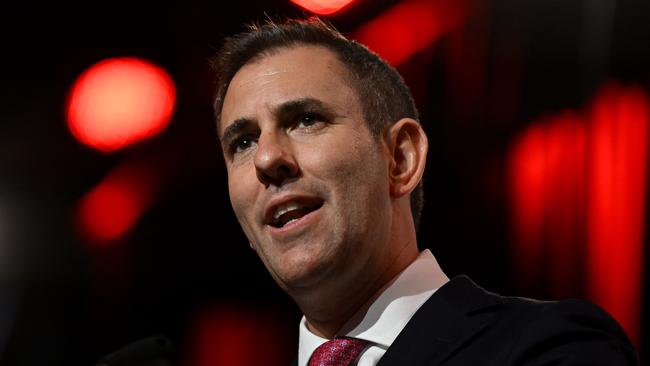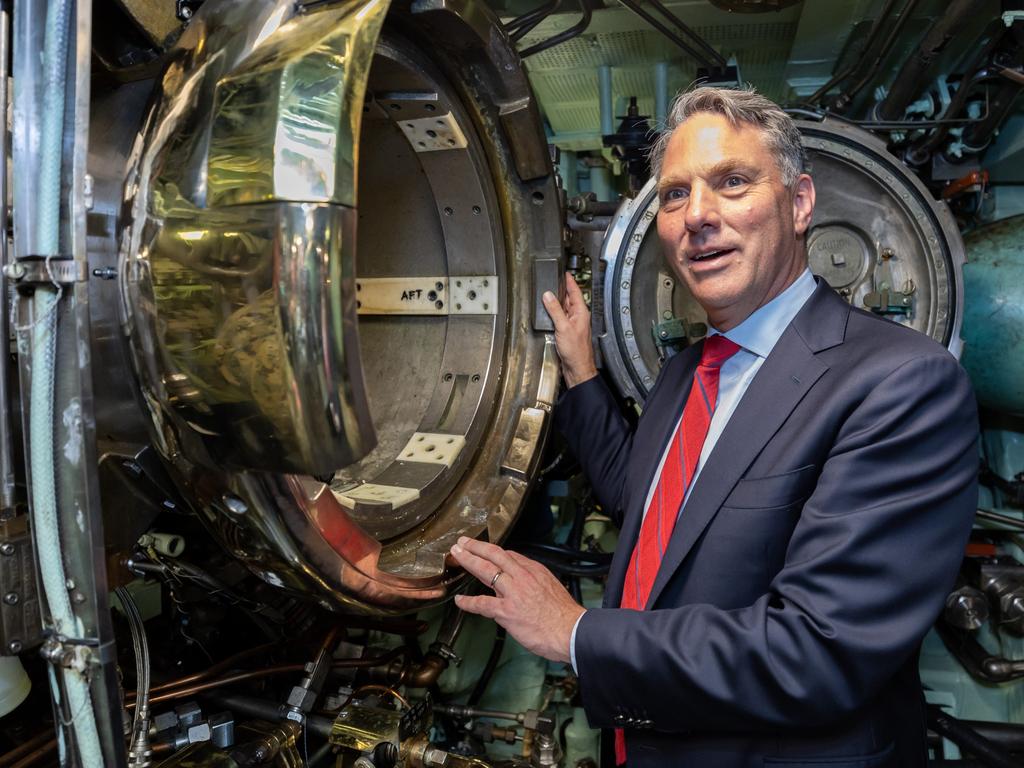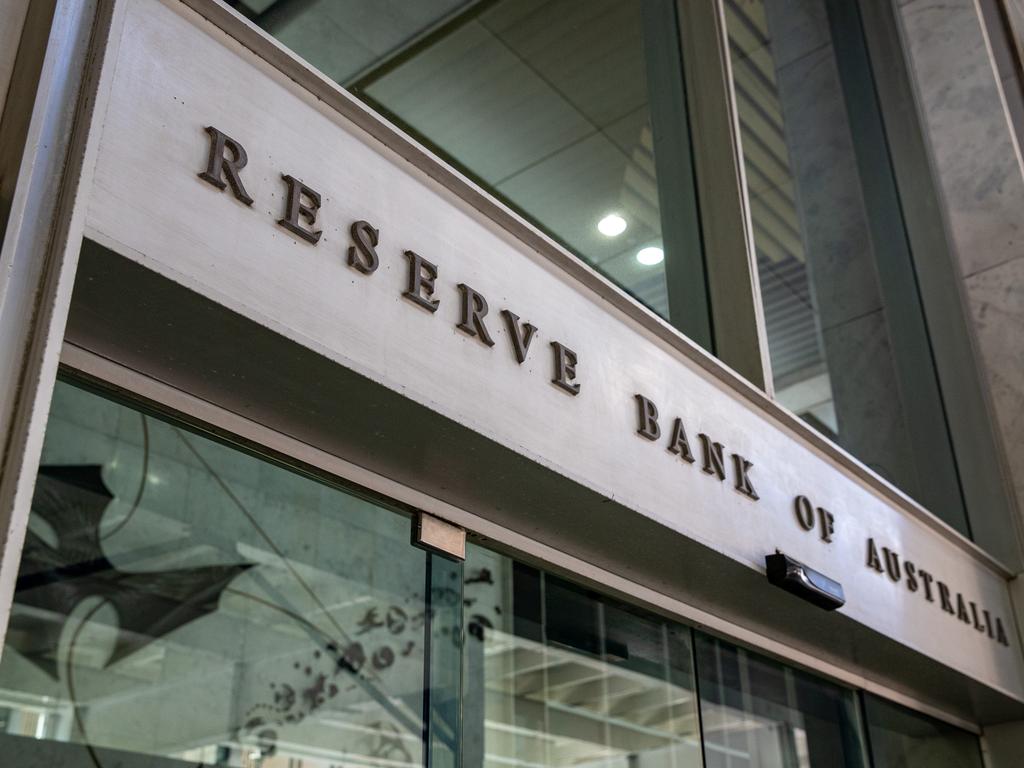It will take a miracle for Labor to avoid economic calamity
There are traps everywhere ahead for Jim Chalmers as he prepares for the government’s second budget.

Jim Chalmers declares Australia has many wonderful things going for us, as we edge away from the pandemic’s disorders. There’s also a stronger signal from the globe’s monetary fixers that we may be close to the end of interest-rate rises, a mash of good and bad news in this uncertain era.
The mess in US and European banking may be a secondary factor for the setting of interest rates by the Reserve Bank, given the manifold strengths in our financial system. Still, these disturbances far from our shores squeeze bank lending and hurt confidence, which is already low after 10 straight rate hikes by the RBA.
One senior official tells Inquirer it’s unclear how this financial scramble will play out for us; the chances of a “hard landing” for the US have increased, while “China is hard to read”.
An American recession would have dire consequences for us, as would a plunge in financial stability. It would be a shock to lose even a small credit union, says the official. The Treasurer is receiving updates from regulators twice a day.
In its Economic Outlook published a week ago, the OECD described the global recovery as fragile because of “significant financial vulnerabilities”, the war in Ukraine and energy market turmoil. That call was made before the Credit Suisse debacle.
The Paris-based body’s upgrade of world growth to 2.6 per cent this year now appears optimistic; it actually cut back forecast growth for Australia, but that, too, is now running ahead of what Treasury and the RBA are expecting, which is around 1.5 per cent for this year and next.
Don’t be surprised if those insipid growth numbers come in well short of that, as credible local forecasters are suggesting we may record only half of that rise in output in 2023 and 2024.
The Treasurer’s second budget is just over six weeks away. The world keeps giving us hefty pay rises through higher than expected prices for our exports, especially iron ore, gas and coal. The jobless rate is 3.5 per cent. That’s a win, but an expensive one given the collateral fiscal damage, decades-high inflation and asset-price boom.
Put jobs and company profits together, and the federal budget is about $14bn better off this financial year than Treasury expected in October, although the underlying cash deficit will come in at about $23bn. Plainly, that’s dreadful, given a 50-year low in unemployment and our “incredibly good” terms of trade, as the custodian puts it.
Chalmers addressed a closed-door Business Council event on Thursday morning but released a transcript of his remarks that afternoon. The Treasurer is massaging expectations ahead of the May 9 budget for voters and the big end of town, which is seeking a 20 per cent tax break for investment and more reductions in regulation to kickstart a productivity resurgence. We live in hope.
Unlike Labor’s first effort five months ago, expectations are now higher on the Albanese government, as is the degree of difficulty; the fiscal and political challenges are more acute as the 10-month old administration dallies with blaming the previous tenants and the curse of whiny winners.
Chalmers listed five factors that have changed the fiscal game since October. The first two have been mentioned: financial volatility and concerns about the global economy. The third was the likely RBA pause, with the inflation peak behind rather than in front of us.
The fourth factor is strong commodity prices, with the Treasurer saying the revenue upgrade may not be as large this time. But there’s a twist. Treasury has proposed a different way of making assumptions about future commodity prices in the budget, an approach that is “credible but still conservative”. Watch that space, readers.
The fifth is a population shock, perhaps an anomaly, the return of the Big Australia Express. “Treasury now expects net overseas migration to be for this financial year in the mid-300,000s or more, compared with 235,000 in the October budget,” Chalmers said.
There are artificial drivers at play in the foreign student segment, as Treasury secretary Steven Kennedy explained last month, but this surge in people will keep consumer demand ticking over and put pressure on stretched rental accommodation.
National Australia Bank economists point out population growth is running at an elevated 0.5 per cent a quarter. “While there is a long way to go to close the ‘population gap’ that opened during the pandemic, the pick-up is likely helping to address some labour shortages,” they said.
“We expect population growth to continue to outstrip employment growth as the economy slows, with the unemployment rate likely rising to around 4 per cent by end 2023 and 4.75 per cent by late 2024 and through 2025. Importantly, this would still be below pre-Covid levels and would likely not see any outright falls in the level of employment.”
Wages are rising more briskly than for several years but still not keeping up with inflation. Yet consumer spending has been resilient, even as household cashflows are drying up and falling house prices unleash a negative wealth effect.
Labor has intervened in the gas market, which limited the anticipated bill shock that had rattled fiscal officials last October. In any case, residential power bills are set to surge by hundreds of dollars a year from July 1, according to the default market offer prices published last week by the Australian Energy Regulator.
Customers in Victoria face a 30 per cent jump on “safety net” electricity prices, while households in NSW, South Australia and southeast Queensland will be slugged an extra 24 per cent.
It was no surprise that in his pep talk to big business chiefs, Chalmers reminded them of retail priorities. “This budget’s got to do an enormous amount of heavy lifting in eight areas,” he said. “First of all, responsible cost-of-living relief.”
That means not adding to inflation, as the Coalition did in its pre-election budget a year ago.
In its report, the OECD said that with energy and food commodity prices below recent peaks, “there is a case for gradually withdrawing broad policy support but continuing efforts to provide targeted support for those most in need”.
It calls for a cut in budget support and steps to improve targeting, to ensure budget sustainability, preserve energy-saving incentives and limit stimulus at a time of high inflation.
Chalmers is frank about the trade-offs he and his colleagues in the expenditure review committee are confronted with as they burn the midnight oil in what the Treasurer describes as the most intense part of the budget process.
Here are the choices as he frames them: between funding unrelenting spending pressures and the need to show restraint; between managing high inflation and setting us up to grow the right way out of a slowdown; and between dealing with an uncertain near-term global outlook and investing in the drivers of our long-term success at the same time.
These are political decisions as much as they are economic ones; there are some issues that have plagued governments for decades and are now becoming more salient for younger Australians with education debt and homeownership anxiety, including the energy transition, geo-strategic risks and funding an ageing, less productive nation that just wants more of everything.
An update on housing affordability by Commonwealth Bank economists this week provides rigour, as opposed to the boomer me-vibe of late 1980s mortgage-rate moaning. At a given point in time, CBA looks at affordability as the cost of a newly purchased median-priced home for a household containing two workers receiving the average full-time salary.
The RBA’s aggressive interest rate rises have been reducing borrowing capacity despite dwelling prices declining across much of the country. Servicing a mortgage for a couple entering the market now are at record highs in our biggest cities, with repayments at just over 40 per cent of income in Sydney and 34 per cent in Melbourne.
Adelaide (30 per cent) is likely to hit records in coming months, while Brisbane (29 per cent) has seen a rapid rise in servicing costs but is still below the 35 per cent peak during the global financial crisis. Hobart (33 per cent) is the third least affordable city, while Perth (22 per cent) is the most affordable city, still well below its mining boom peak of one-third of disposable income.
An RBA rates pause will be cheered by the mortgage belt, but the dreaded lags of monetary policy mean there’s more pain to come for borrowers, retail and technology workers, and those homeowners rolling off ultra-low fixed rates in coming months.
A hiatus would give the central bank time to assess the fallout. Has it gone too far? Although markets are pushing for lower borrowing costs, implying cuts this year, it does not mean rates won’t rise again this cycle. The coming data will be jumpy, the outlook is foggy and nerves will be frayed. These are hard times in this crazy world.








We live in brittle, jagged times and the people steering macro policy have hardly any margin for error. It would be miraculous if they tame inflation without crashing the economy.